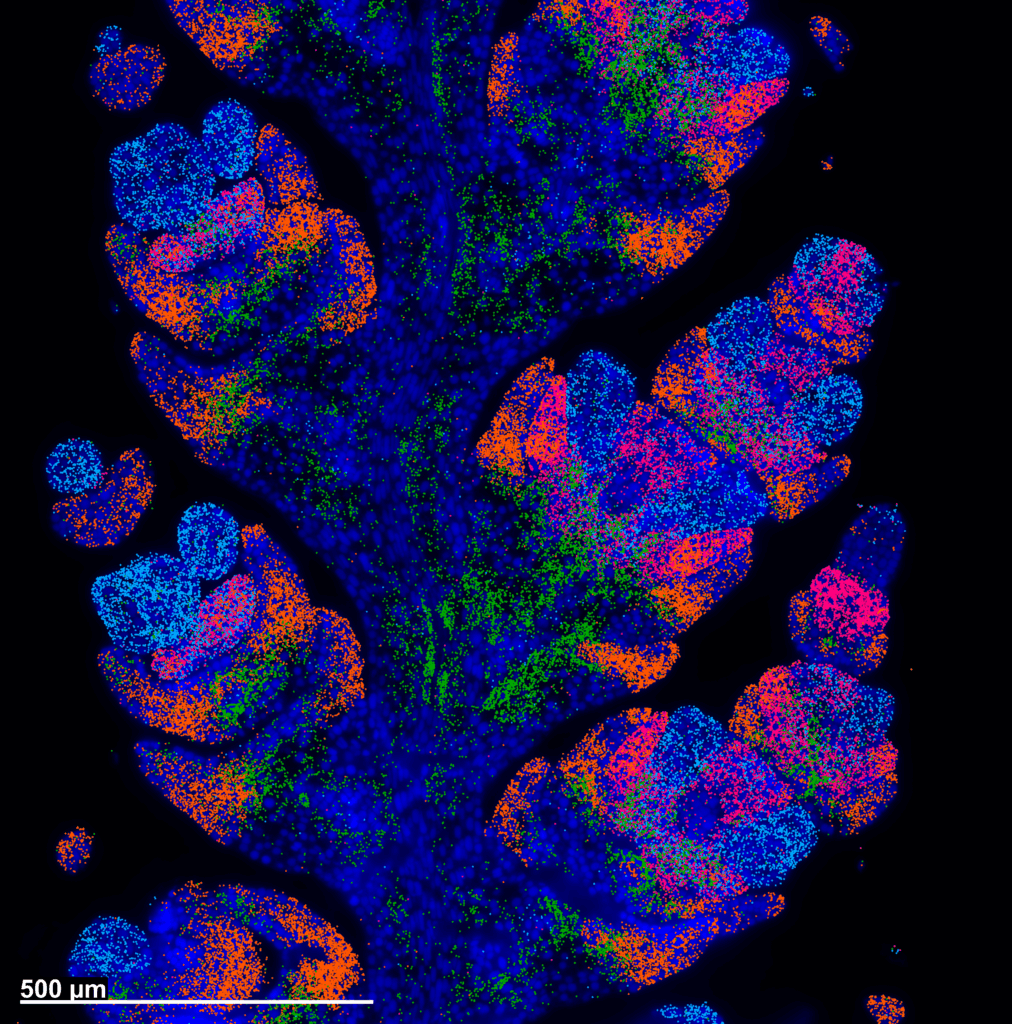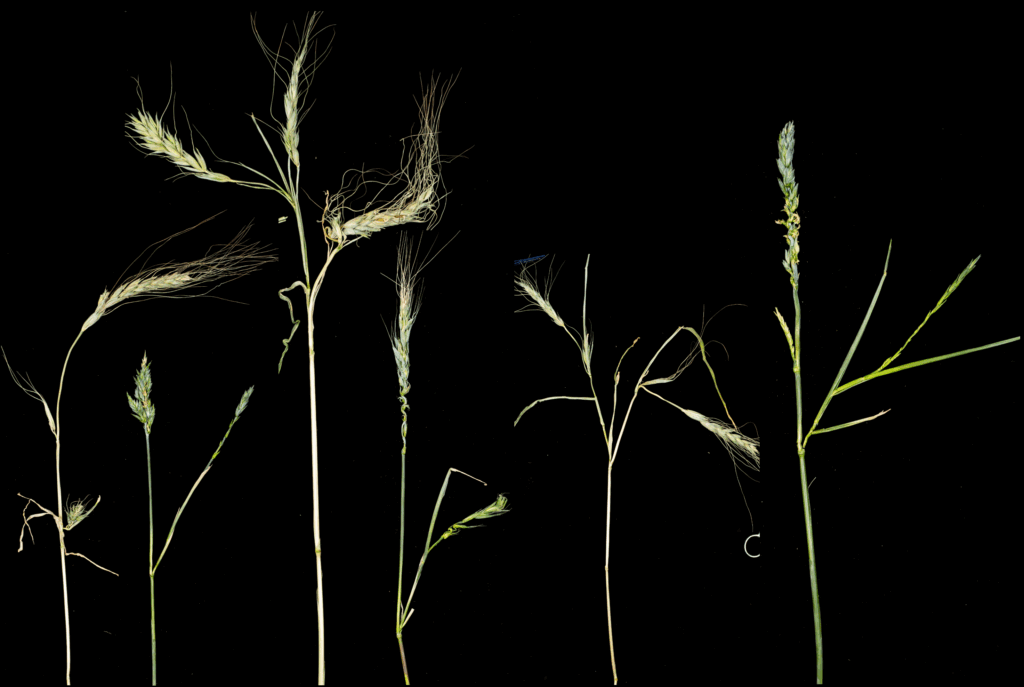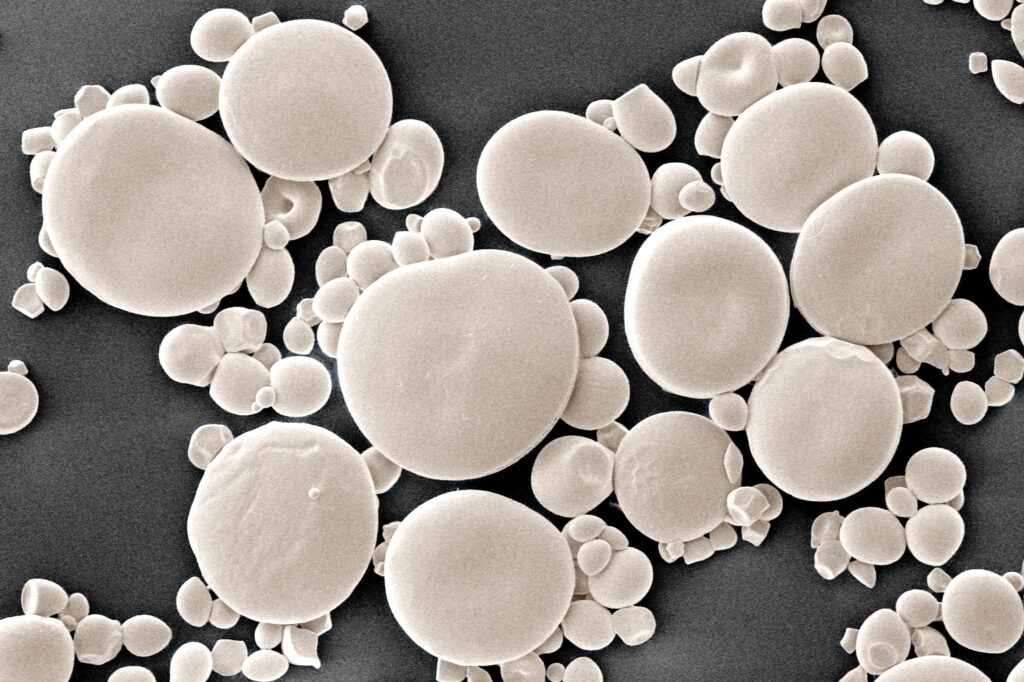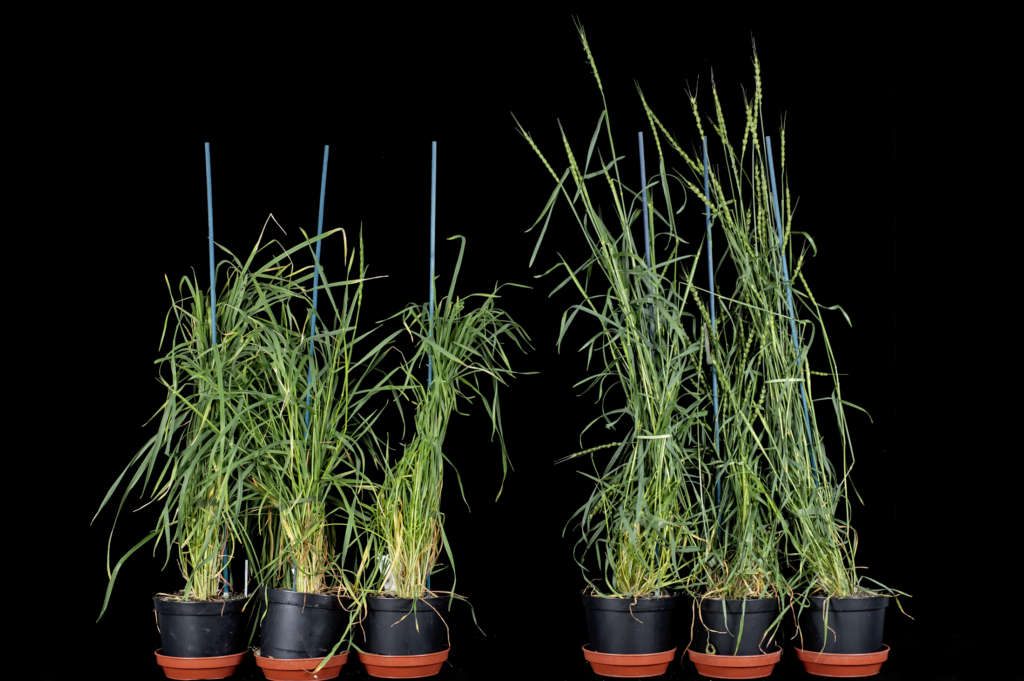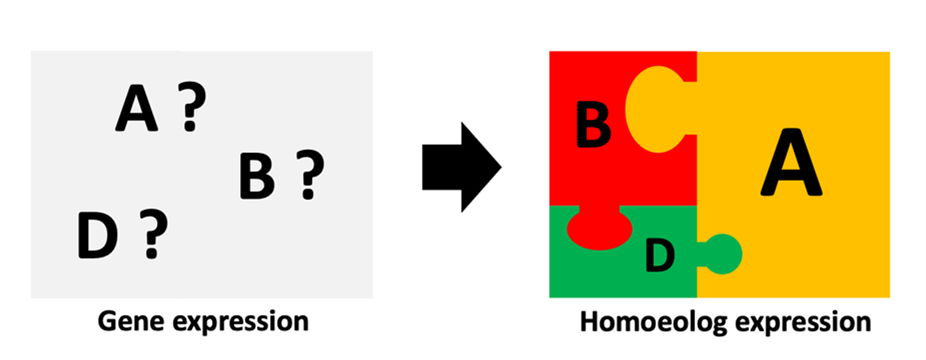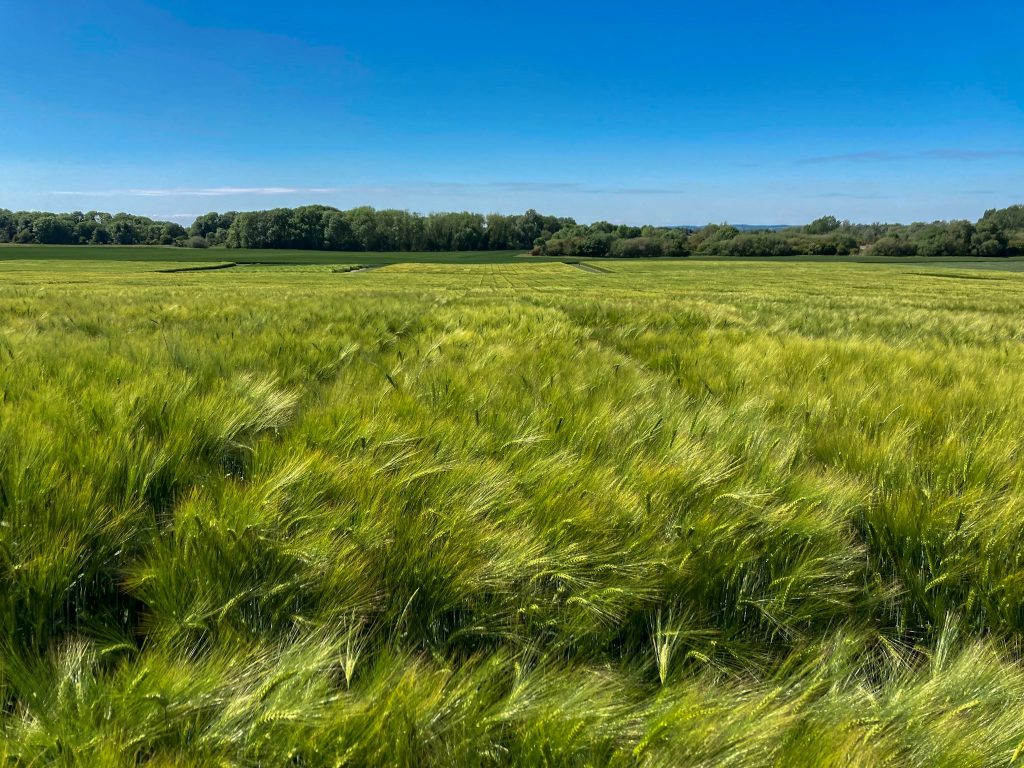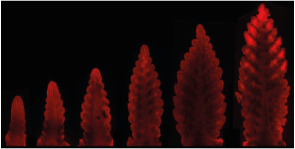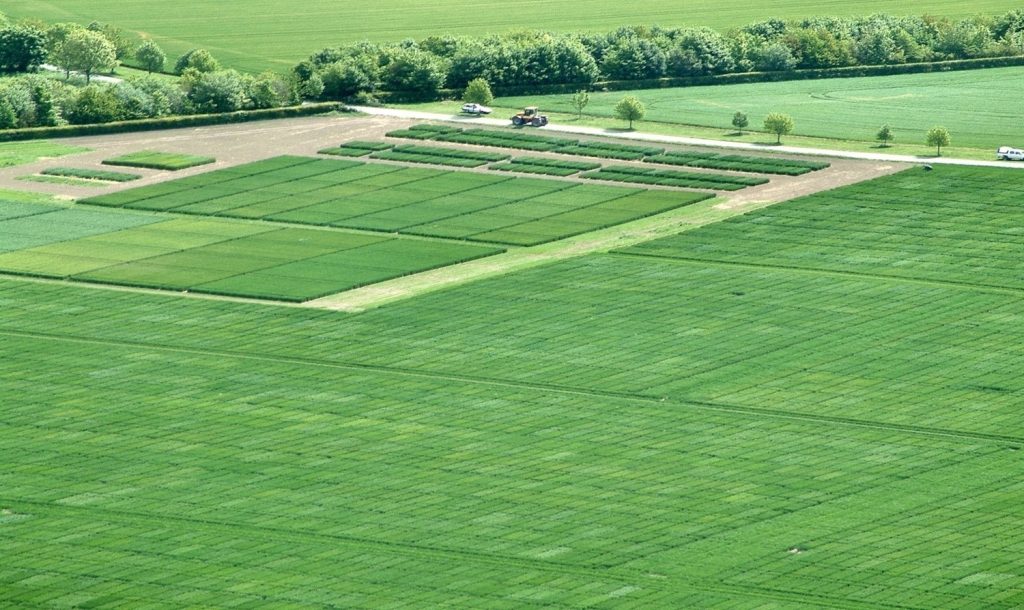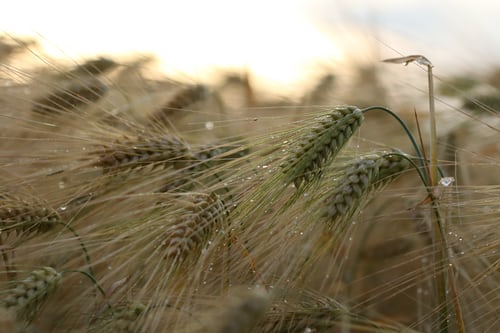Mapping the wheat spike – a journey through space and time
I’ve always been fascinated by development—how seemingly simple structures become complex. While I enjoyed learning about zebrafish and Drosophila in university, plants stood out. Unable to move around their environment, they rely on remarkable adaptability. Even at the cellular level, plant cells cannot migrate within tissues and must coordinate with one another to grow and […]
Mapping the wheat spike – a journey through space and time Read More »

